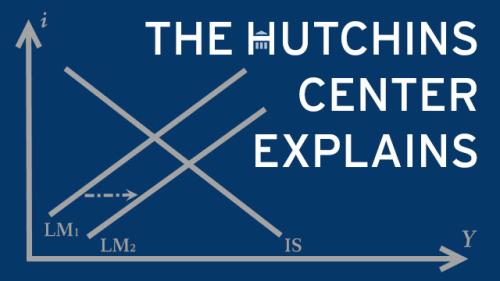The jobs numbers for February were released last Friday, and they were awful—gains of just 20,000 jobs nationwide over the last month.
So what do the jobs numbers tell us? Is a recession around the corner? Taking a wider view, employment gains over the last six months averaged 190,000 per month. Yet, an even longer view shows that job growth has been slowing, since employment increased by an average of 228,000 jobs per month in the preceding six months. Also, keep in mind that employment is what economists call a “lagging indicator”; job losses don’t begin until a recession is already here. In the last three business cycles, employment continued to grow until the same months when two of those recessions began, in July 1990 and March 2001, and one month into the most recent recession, which began in December 2007.
While employment cannot foretell when a recession will arrive, there is one remarkably canny signal: In the six to nine months before every recession since the 1960s, the Treasury “yield curve” has flattened and then turned negative. That’s economist-speak for a particular, unusual development: Global investors lose confidence in the short-term outlook and so demand that the U.S. Treasury pay them as much or more to lend Treasury funds for a short period as for lending the funds for a longer term. That is precisely what’s been happening for more than a year.
Back in January 2018, the yield on Treasury 10-year securities was 102 basis points higher than the yield on three-month Treasury bills (2.46 percent versus 1.44 percent). Since then, the gap has narrowed to just 22 basis points (2.69 percent versus 2.47 percent). It’s the same story for six-month Treasury bills and 20-year Treasury bonds: The difference in their yields has flattened from 103 basis points to 37 basis points. Moreover, while every downturn since the 1960s has been preceded by a yield curve that flattens and then turns negative, there has also been only one “false positive,” and it happened 50 years ago.
The other fairly reliable signal is housing: When housing starts and housing sales fall by 20 percent or more, a recession is almost certainly coming. Here, the facts are that sales of existing homes have been falling for the past year with only one brief uptick, and new home construction has been flat or falling since May 2018. To be sure, while housing sales and housing starts clearly are falling, they haven’t reached the 20 percent decline that rings the alarm bell.
Frankly, none of this should surprise anyone. This current business cycle began way back in July 2009, which makes it nearly ten years old. The longest expansion in U.S. history lasted 10 years (March 1991 to March 2001). In one respect, expansions are like people: They weaken as they age, and eventually, they all expire. The crucial difference, of course, is that the economy comes back to life, which is why we call it a business cycle.
The Brookings Institution is committed to quality, independence, and impact.
We are supported by a diverse array of funders. In line with our values and policies, each Brookings publication represents the sole views of its author(s).









Commentary
What does the latest jobs report mean for 2020?
March 11, 2019